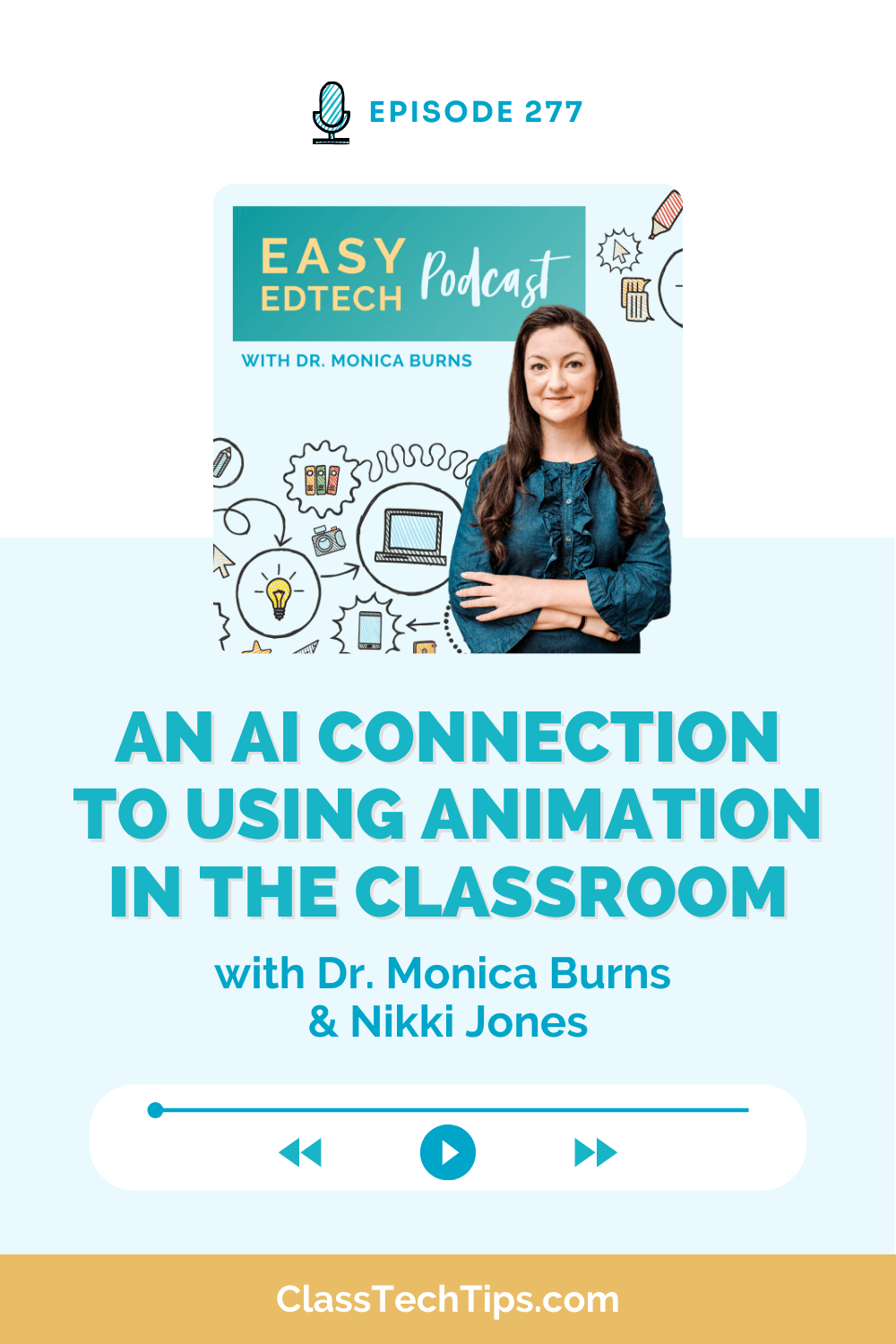Want to try QR code lessons? The first time that I tried to scan a quick response (QR) code, I held my iPhone up to a poster on the subway. I was underground without any cell service, and I didn’t know that there was such as thing as a QR code reader app. All I knew was that my camera had something to do with it, yet nothing was happening.

The ACES Framework & QR code lessons
In the classroom, QR codes can be used for a purpose. They can be thoughtfully integrated into instruction in a way that elevates traditional learning experiences. I’ve just written a new book for Corwin Publishing all about deeper learning with scannable technology. I’m committed to the idea that technology integration has to be purposeful, and I believe that scannable technology has the potential to transform learning environments.
To discuss scannable technology integration, I’ve developed the ACES framework — access, curate, engage, and share. These four categories overlap and intertwine to provide a language for examining thoughtful integration of scannables.
Access
QR codes provide quick and easy access to content on the web. Whether it’s a video, short passage, image, or file, students can scan a QR code and access content in seconds. QR codes are device agnostic, and students can scan them with any smartphone or tablet that has a QR reader app. They don’t have to type in a long web address or navigate a search engine. They simply open the app to access the content.
Ready to try QR code lessons?
Click here to read the rest of the article on Edutopia







